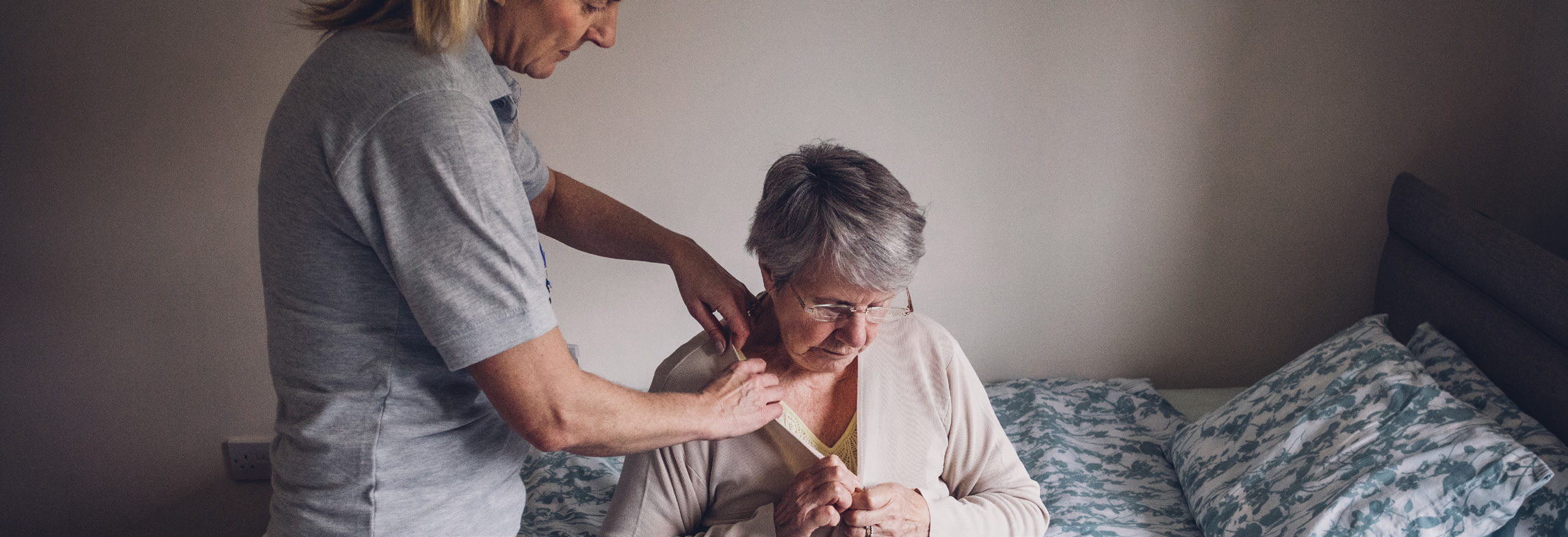
Texas Health Care Briefing No. 5
December 2017

Texas nursing homes strive to increase quality
No one wants to see the quality of care in Texas nursing homes become the best in the country more than the professionals who dedicate their lives to them.
Investment in frontline staff wages, facility upgrades and capital improvements are key to improving quality of care and maintaining these improvements. However, with the state’s Medicaid reimbursement rate being one of the lowest in the country, the ability to make those necessary investments is becoming ever more difficult. But in spite of these challenges, the nurses and nurse aides who deliver direct resident care in Texas nursing homes are making progress.
A close look at Centers for Medicare and Medicaid Services (CMS) data bears this out. Texas nursing homes are outperforming national averages by several measures, including the now almost nonexistent use of physical restraints (less than 0.3 percent of Texas long term care residents versus 0.5 percent for the nation) and the development or worsening of pressure ulcers (0.9 percent for Texas and 1 percent for the nation for short-stay patients). And Texas nursing homes are leading the nation in a significant drop in the use of antipsychotics, down from 24 percent of all Texas nursing home residents in 2011 to 16 percent today.
Over the last three years, Texas long term care facilities have seen an increase in the number of deficiency-free inspection surveys, and an overall decline in the average number of deficiencies per survey.
Over the last three years, Texas long term care facilities have seen an increase in the number of deficiency-free inspection surveys, and an overall decline in the average number of deficiencies per survey.
Thanks to the commitment and efforts of long term care staff across the state, things are slowly getting better. But just imagine what this dedicated, caring workforce could accomplish with adequate funding.
“Compared to other states, staff in Texas nursing homes are doing more with less,” said Ron Payne, CEO of Southwest LTC and chairman of the board for the Texas Health Care Association. “Though Texas is lower in the area of nursing staff hours per patient day, the clinical measure data does indicate improvement in many areas.”
Inspection results for Texas nursing homes would improve even more with an increased Medicaid reimbursement rate, Payne said. A 2016 study paid for by THCA showed that Texas’ low nursing home Medicaid reimbursement rate has left nursing home providers like himself unable to attract and retain staff, resulting in faltering inspection performances.
“Staffing is the biggest issue any nursing home in Texas faces,” Payne said. “If we could raise wages and reduce turnover, I have no doubt that Texas nursing homes could soon be among the best in the nation.”

